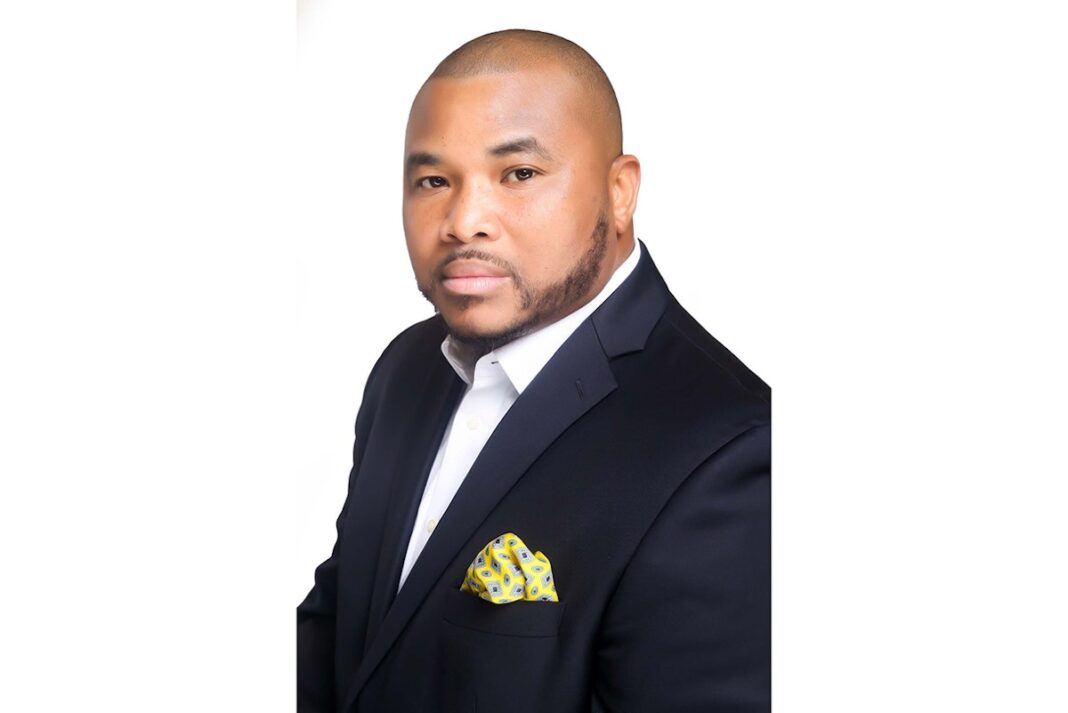Remembering Dr. Earl S. Richardson: A Legacy of Transformative Leadership in HBCUs
The passing of Dr. Earl S. Richardson transcends mere remembrance—it serves as a clarion call to action. His legacy should not merely elicit warm memories or ceremonial accolades; it demands accountability from scholars of higher education and leaders at historically Black colleges and universities (HBCUs). It prompts a crucial examination of whether we are doing enough to fortify the foundations he established.
A Visionary Leader at Morgan State University
Dr. Richardson served as the ninth president of Morgan State University from 1984 to 2010. His tenure wasn’t just a period of growth for the university; it marked a significant transformation. Under his leadership, Morgan State distinguished itself as a national frontrunner in graduating African American students in science, technology, engineering, and mathematics (STEM). The institution expanded its infrastructure and enhanced its academic standing, all while centering student success in every strategic decision. Dr. Richardson’s clear vision and unwavering courage reshaped what was possible at an HBCU, challenging conventional perceptions and pushing boundaries.
Championing HBCUs Against Inequities
What set Dr. Richardson apart was his acute understanding of the stakes involved in education. To him, it was not an abstract notion but a pressing issue of justice. Never indifferent to the plight of students from under-resourced communities, he believed in the unparalleled transformative potential of institutions crafted for Black students. His advocacy highlighted the systemic inequities in state funding for Black colleges, ultimately igniting legal battles and policy reforms that continue to influence higher education.
A Personal Encounter: Inspiration and Challenge
Years ago, I had the honor of introducing Dr. Richardson at an HBCU leaders’ gathering in Atlanta, an experience forever etched in my memory. After the formalities, he offered me a hearty embrace and the words “Hilton, continue on.” Those three words have lingered with me, transforming from mere encouragement into a charge to action. Following his passing, they resonate even more profoundly as a call to advance the mission of HBCUs.
The Responsibility of Scholars and Leaders
As scholars of higher education, our roles go beyond simply chronicling injustices. We must emerge as architects for equity, actively dismantling structures that impede access. It’s insufficient to merely document disparities; we must strive to eliminate them. Dr. Richardson exemplified this philosophy—his career was a testament that effective research informs action, and that theory must serve the students who depend on educational institutions for their futures.
To HBCU leaders, I extend a message weighted with respect for the responsibility you bear. Dr. Richardson set a formidable standard, one we must strive to meet—and surpass. If we truly wish to honor his legacy, we cannot settle for mere survival. We must pursue excellence, emboldened by purpose and clarity of vision.
Students: The Heart of Our Mission
Today’s students require more than caretakers of tradition; they need disruptors of inequality. They deserve leaders prepared to challenge oppressive systems, advocate for adequate funding, and reshape the future to avoid repeating the past. Our commitment must mirror Dr. Richardson’s tenacity and dedication.
He believed in leading with love—a deep, active love for students, community, and the HBCUs that signify hope against formidable odds. His model of love was strategic and unapologetic, demanding more in the pursuit of justice rather than settling for charity.
The Complexity of Dr. Richardson’s Journey
Dr. Richardson’s story unfolds not in ease but through struggle and perseverance. He encountered resistance and skepticism regularly but pressed onward, casting new possibilities for countless students who might otherwise have been marginalized.
In honoring his legacy, we are called to embrace urgency. We must reject complicity in systems that devalue Black institutions. Leaders are tasked with bold, strategic, and student-centered approaches, reflecting the clarity and commitment that characterized Dr. Richardson’s presidency.
A Blueprint for Action
Dr. Richardson did not merely leave behind a legacy; he imparted a blueprint for action. The essential question remains: will we strive to follow it?
As we mourn his passing, we also commit to embodying his example. We will carry forth his words, embracing our obligations with resolve. Each step we take should be purposeful, dedicated to breaking down barriers and paving pathways for future generations.
Our journey continues, fueled by Dr. Richardson’s inspiration—transforming love into action, commitment into change, and dreams into realities for students and communities alike.



